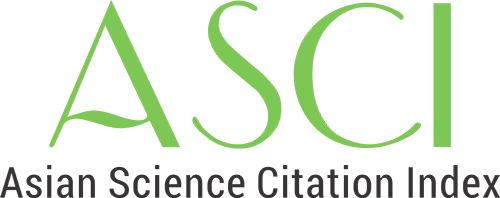

Parieto-Occipital Parenchymal Hemorrhage Due to Ticagrelor Loading Before Coronary Angiography: A Case Report Involving Two Patients Aged Over 65 Years
Bedih Balkan1, Ebru Kaya1, Aylin Parmaksız1, Sevde Işık2, Engin İhsan Turan2, Gülseren Yılmaz21Department of Anesthesiology and Reanimation, Intensive Care Unit, University of Health Sciences, Kanuni Sultan Süleyman Training and Research Hospital, İstanbul, Türkiye2Department of Anesthesiology and Reanimation, University of Health Sciences, Kanuni Sultan Süleyman Training and Research Hospital, İstanbul, Türkiye
P2Y12 inhibitors, along with aspirin, are essential therapeutic agents in dual antiplatelet therapy, the most effective approach for preventing arterial thrombosis in patients with acute coronary syndrome and a history of stent implantation. This paper reports on two cases of a rare complication resulting in acute intraparenchymal hematoma triggered by ticagrelor. It also presents a discussion on the side effects of ticagrelor-related intracranial bleeding in light of the literature. Ticagrelor, a cyclopentyl-triazolopyrimidine antiplatelet drug, is the first reversible oral P2Y12 receptor antagonist. Its side effects include bleeding, liver failure, bradycardia, dyspnea, elevated creatinine, elevated uric acid levels in the blood, and thrombotic thrombocytopenic purpura. Ticagrelor is a potent, rapid-onset, backpropagating P2Y12 receptor inhibitor used in acute coronary syndrome. Ticagrelor is generally well tolerated. One of the most common side effects is bleeding. This paper presents two cases of bleeding in the parieto-occipital region following ticagrelor loading.
Keywords: Coronary angiography, intracranial bleeding, ticagrelor
Manuscript Language: English
(590 downloaded)

















